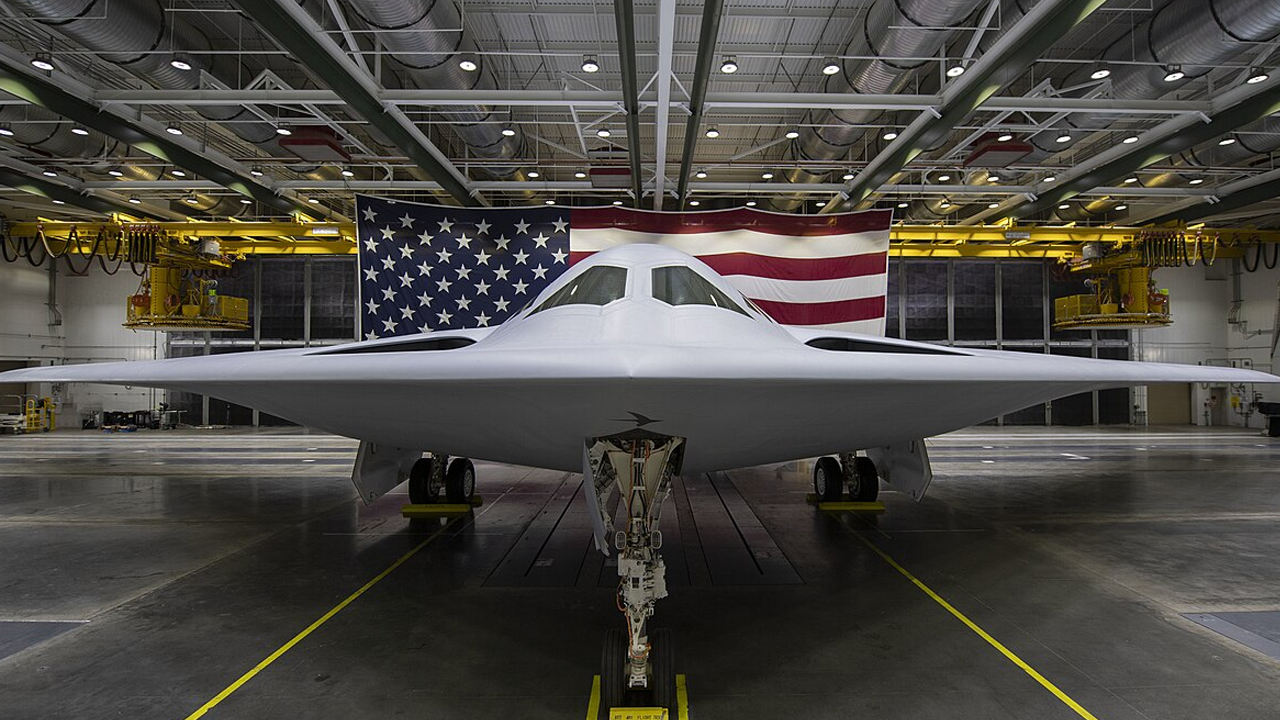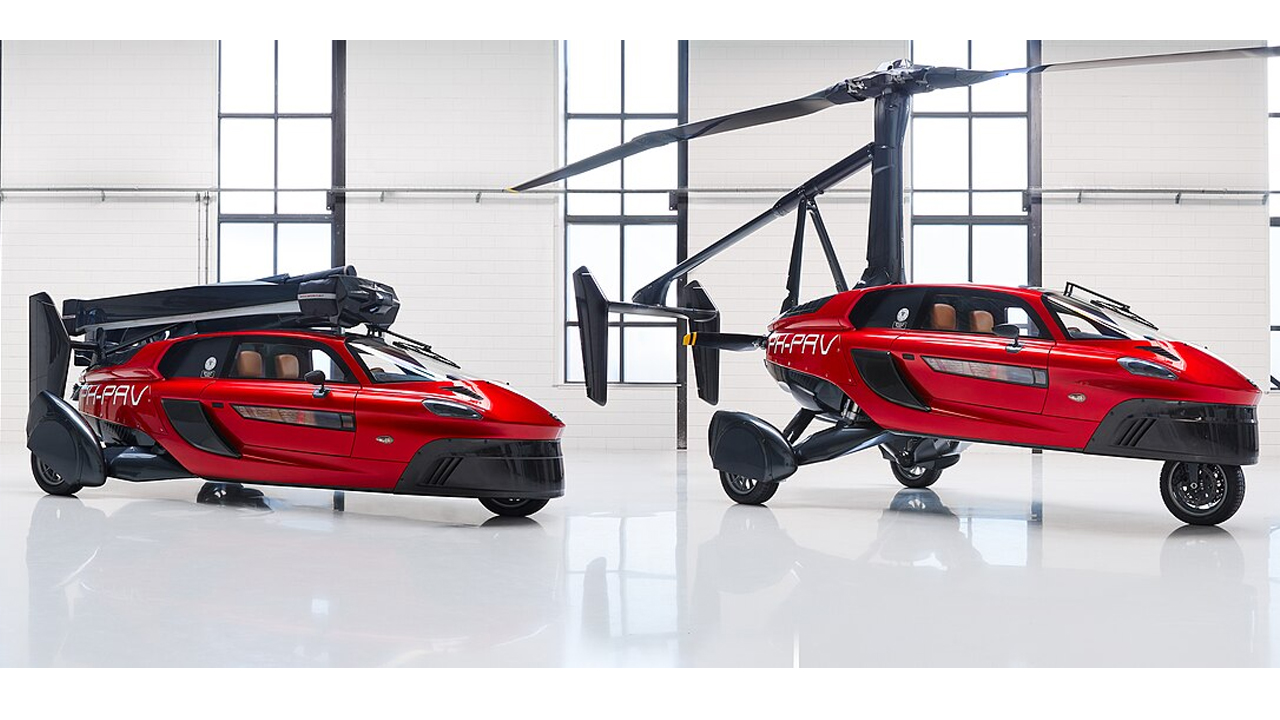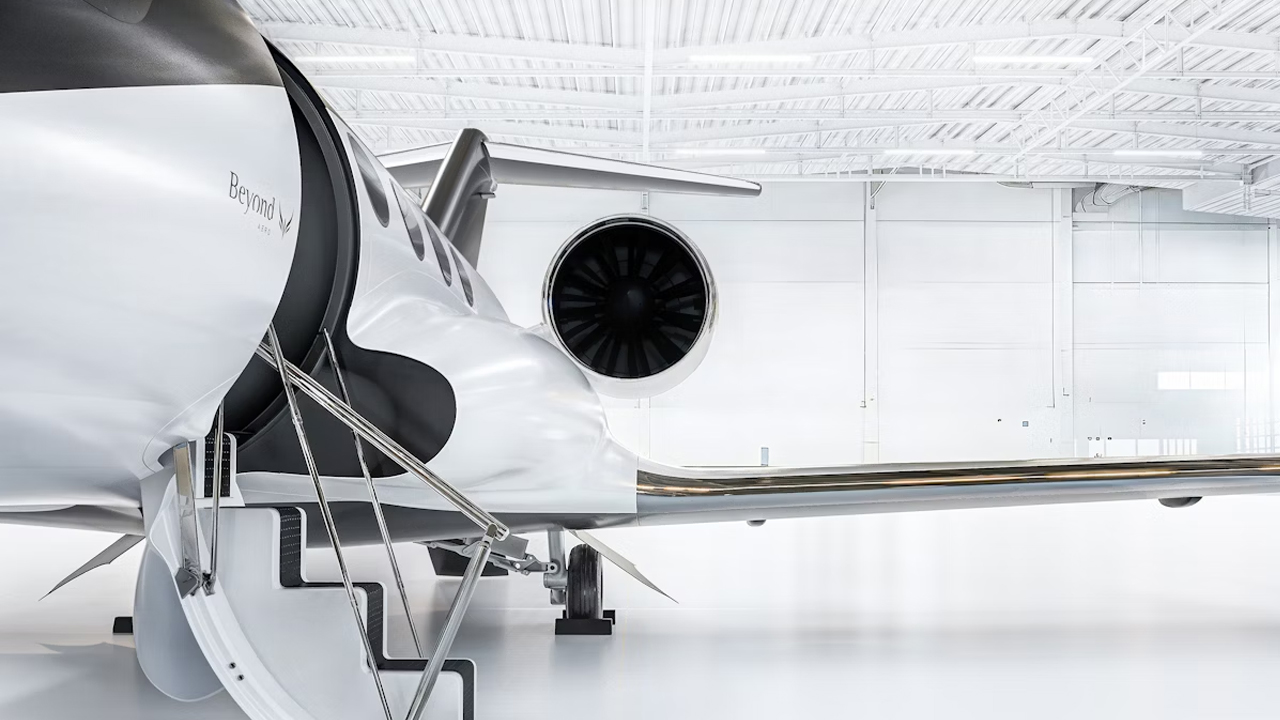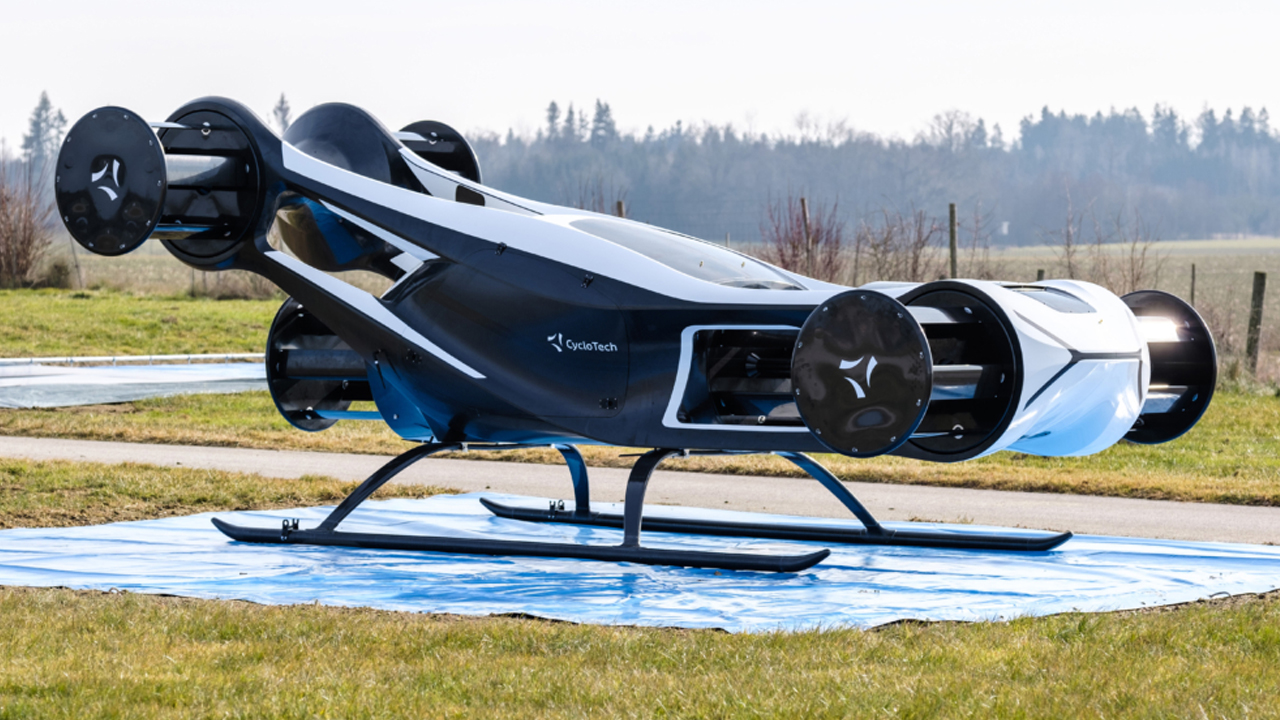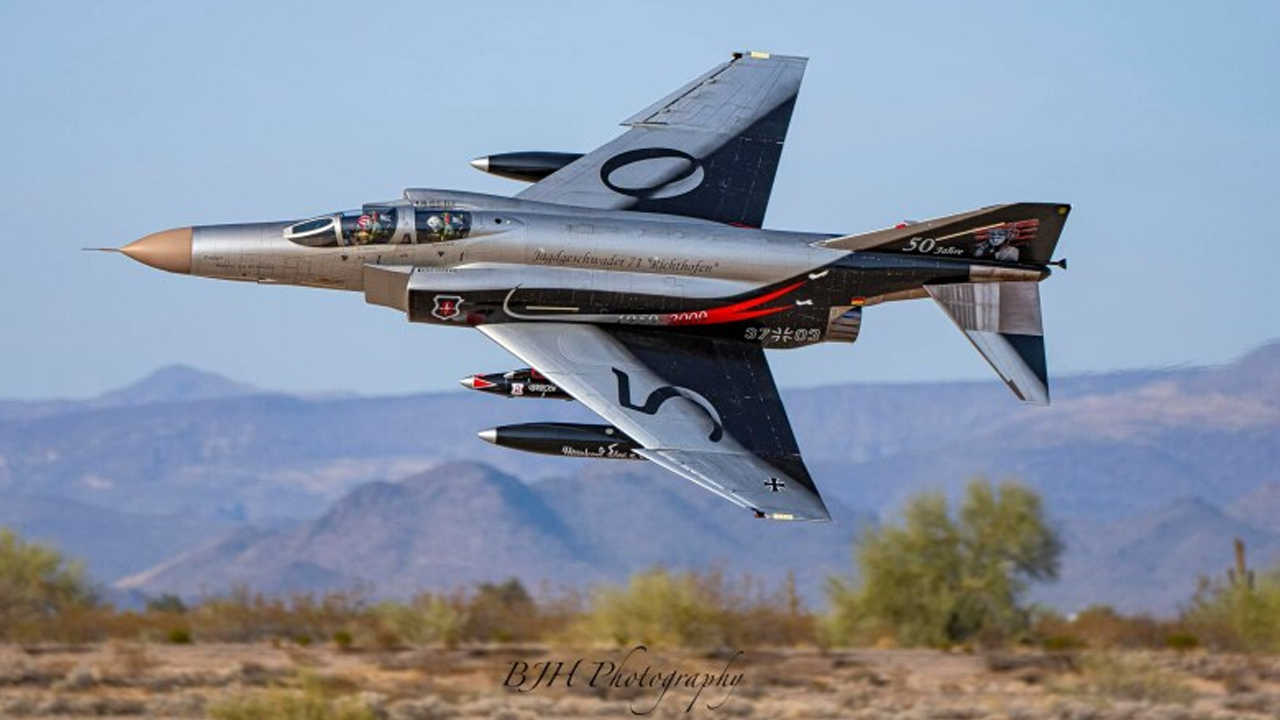The B-21 Raider is being built as more than a stealth aircraft—it’s a high-tech platform meant to lead missions, not just fly them. With the ability to connect with drones, satellites, and ground forces, it’s designed to act as a mobile command post, not just a strike tool.
This next-generation aircraft also has the hardware to fly unmanned, giving it more mission flexibility in high-risk environments. According to the U.S. Air Force, the B-21 will serve as a central node in a networked battlespace, coordinating assets across air and land.
AI Enhances, But Doesn’t Replace the Pilot
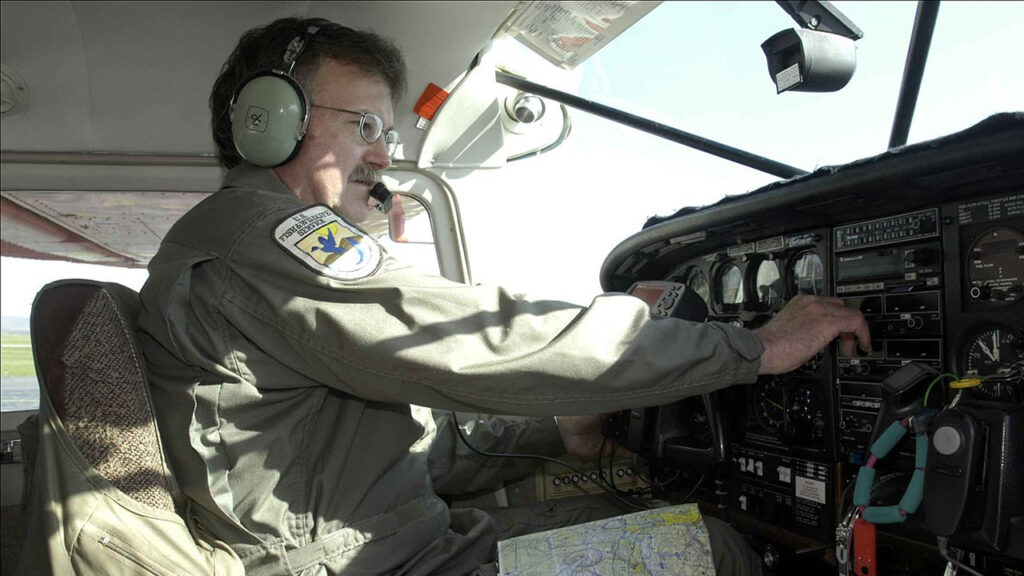
Advanced software allows the Raider to analyze information and make recommendations in real time. In concept, this speeds up decisions and reduces the load on human pilots. But even as AI systems take on more responsibility, the Pentagon isn’t taking humans out of the picture just yet.
The Air Force has made it clear that the B-21 is built around human-machine teaming, not full autonomy. As top leadership has stated, keeping humans in control ensures that judgment and accountability remain part of any combat decision.
Why Manned Flight Still Matters

Removing pilots might lower risk, but it slows down how decisions are made. Drones rely on remote commands, and that delay can be costly when seconds count. The B-21 keeps a person in the cockpit so that calls can be made instantly, especially when missions deviate from the plan.
The Air Force’s dual-crew design gives the Raider a level of flexibility most unmanned aircraft can’t match. It’s a choice rooted in experience—real-world combat rarely follows simulations.
AI Has Limits, and War Doesn’t Wait
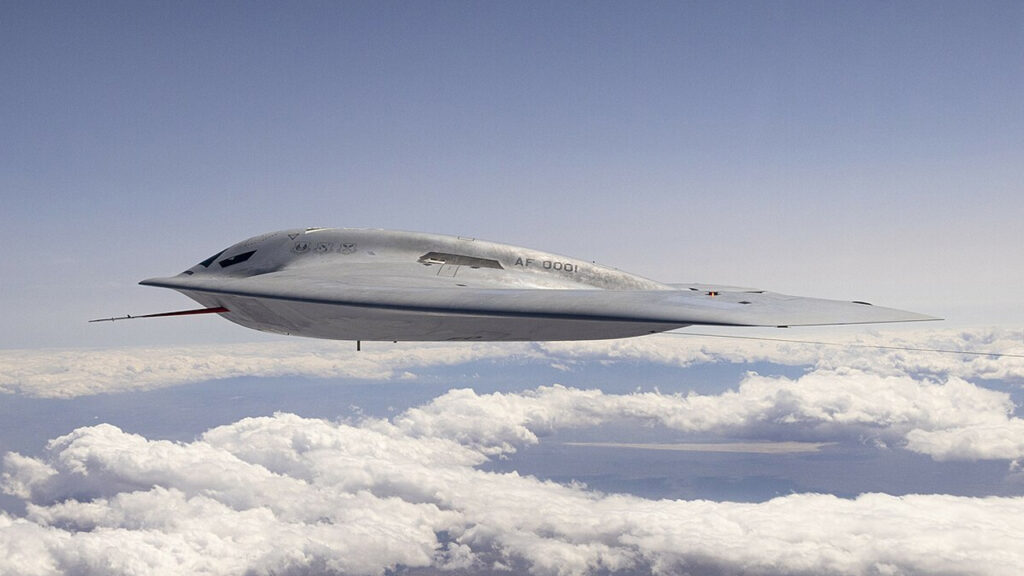
Autonomous systems need data to function well. But when they encounter something unfamiliar, mistakes happen. That’s why military planners still rely on human oversight, especially during strike operations where collateral damage is a real risk.
The Air Force’s goal isn’t to hand over the keys to AI—it’s to build systems that help people make better decisions, faster. Even the most advanced software can’t fully replace instincts or ethical judgment. The B-21 program reflects that balance.
The Bigger Shift Behind the B-21
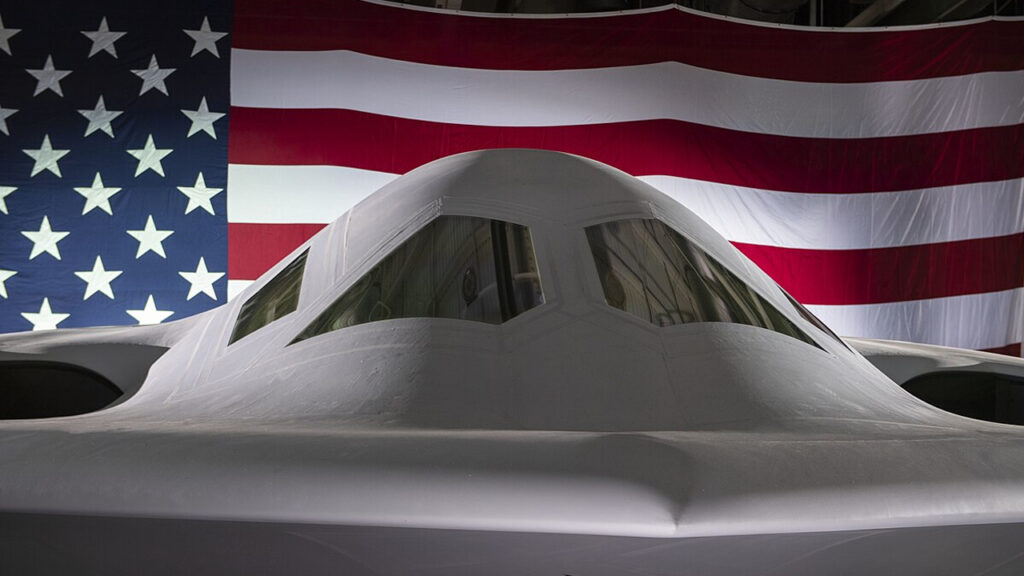
The Raider isn’t just a new bomber—it represents a shift in how the U.S. handles airpower. It’s designed to fit into a future where aircraft must coordinate across land, sea, space, and cyberspace. As Northrop Grumman has detailed, the B-21 will serve as a backbone for joint operations—not just Air Force missions.
With rapid tech changes shaping every corner of modern warfare, the B-21 gives the Pentagon a way to stay flexible. It’s not just about what it can do today, but how well it can evolve for whatever comes next (U.S. Air Force).


